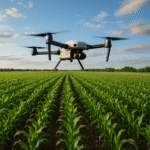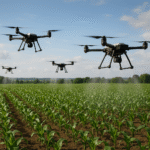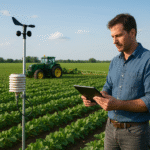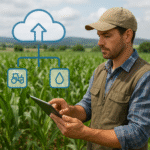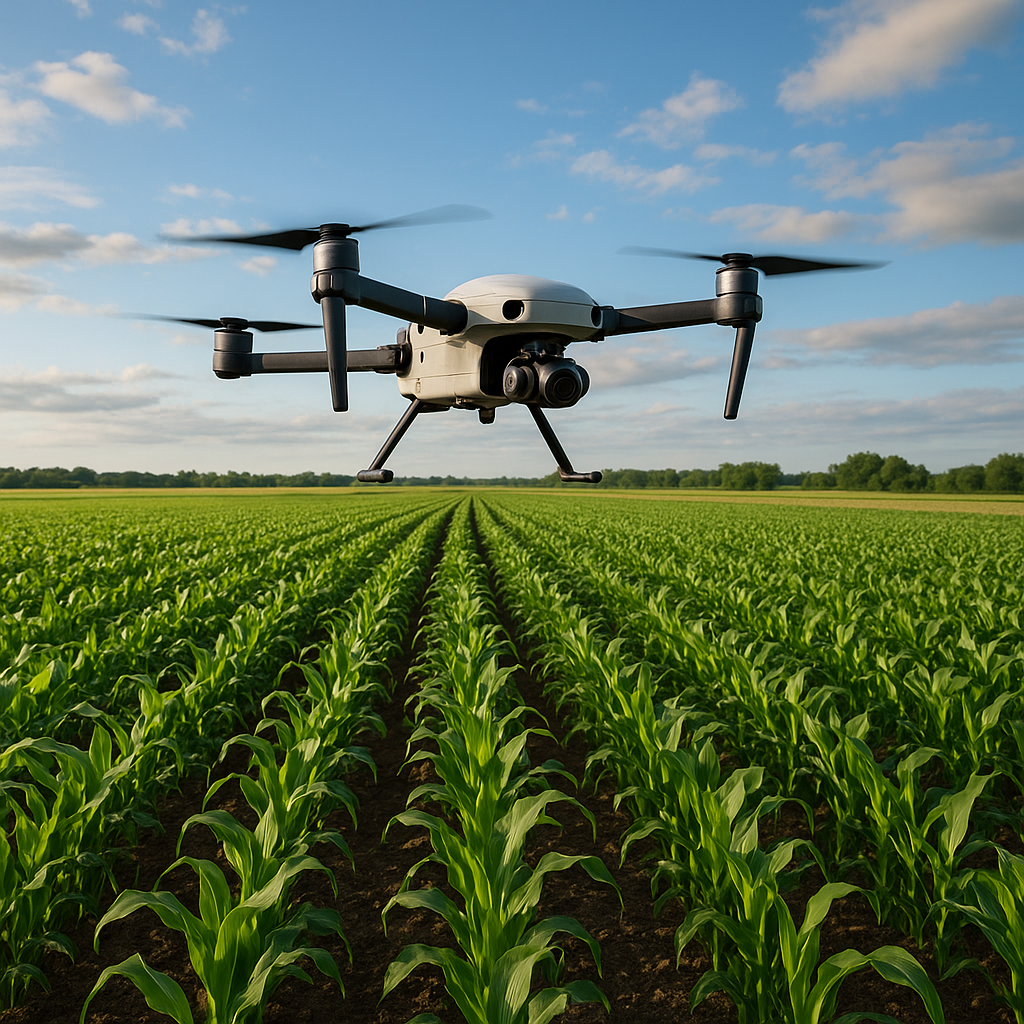In the realm of modern agriculture, a groundbreaking concept is reshaping the way farmers collaborate and grow: digital farming cooperatives. By uniting smallholders, agribusinesses, and technology providers, these cooperatives leverage sustainability principles, data-driven decision-making, and shared resources to boost productivity and foster rural development. Through seamless integration of innovative tools and collective expertise, participants can achieve economies of scale, improved market access, and enhanced resilience against climate challenges.
Digital Transformation in Agriculture
Advancements in connectivity and data processing have ushered in a new era of precision farming, enabling cooperatives to optimize field operations and resource use. Sensors, drones, and satellite imagery provide real-time insights into soil moisture, nutrient levels, and crop health, allowing members to make informed choices that minimize waste and maximize yields.
Key Technologies Driving Change
- IoT Sensors: Monitor soil conditions, microclimates, and equipment performance around the clock.
- Unmanned Aerial Vehicles (UAVs): Capture high-resolution images for pest detection and biomass estimation.
- Blockchain Platforms: Ensure transparency in supply chains and guarantee product traceability from farm to fork.
- Mobile Applications: Facilitate remote advisory services, peer-to-peer knowledge exchange, and financial transactions.
Cooperative Models Empowering Farmers
At the heart of this revolution lies a commitment to collaboration. By pooling resources, members can invest in expensive equipment, share technical expertise, and negotiate better terms with buyers and input suppliers. This collective approach diminishes individual risk and amplifies bargaining power, paving the way for equitable growth across the entire community.
Membership Structures and Governance
- Democratic Voting: Each member holds equal voting rights on strategic decisions and profit distribution.
- Tiered Contributions: Financial input and labor contributions determine dividend shares, fostering fairness.
- Advisory Committees: Experts in agronomy, finance, and technology guide operational policies and training initiatives.
Technological Infrastructure and Data Analytics
Implementing a robust digital backbone is essential for cooperatives seeking to harness the full potential of innovation. Cloud-based platforms, edge computing devices, and machine learning algorithms work in concert to process vast streams of data and translate them into actionable recommendations.
Building a Smart Ecosystem
- Cloud Storage: Centralizes historical and real-time data, enabling multi-farm comparisons and trend analysis.
- AI-Powered Forecasting: Predicts weather patterns, pest outbreaks, and market demand fluctuations with remarkable accuracy.
- Decision Support Systems: Provide customized planting schedules, fertilizer applications, and irrigation plans.
Case Studies and Best Practices
Across continents, pioneering cooperatives have demonstrated the transformative impact of digital integration on rural livelihoods. Their success stories offer a blueprint for emerging initiatives seeking to replicate these achievements.
South America: Coffee Growers’ Network
A cooperative of small-scale coffee producers adopted blockchain-enabled traceability, linking consumer premiums directly to sustainable practices. By showcasing eco-friendly farming methods, members attracted specialty buyers willing to pay premium prices. This model fostered a culture of accountability and unlocked access to global markets.
Africa: Maize and Millet Consortium
In East Africa, a consortium of cereal farmers implemented solar-powered IoT hubs to monitor drought stress and optimize irrigation schedules. As a result, water usage dropped by 30%, and yields increased by 15% over two seasons. Collective bargaining for drip-irrigation kits further drove down costs and accelerated adoption.
Europe: Vegetable Growers Alliance
Digital cooperatives in the European Union have integrated AI-driven sorting lines to standardize produce quality. Real-time quality grading enabled consistent supply to retailers, reducing rejection rates and food waste. Profit sharing from value-added processing facilities provided additional revenue streams for members.
Challenges and Future Outlook
Despite remarkable progress, digital farming cooperatives face hurdles that require careful navigation. Infrastructure gaps, cybersecurity concerns, and digital literacy levels can impede seamless implementation. Addressing these obstacles demands targeted investments in training programs, data protection protocols, and rural broadband expansion.
Strategies for Overcoming Barriers
- Capacity Building: Conduct hands-on workshops and mentorship programs to enhance resilience and technical proficiency among farmers.
- Public-Private Partnerships: Leverage government subsidies and private capital to finance infrastructure projects and equipment leasing schemes.
- Inclusive Design: Develop user-friendly interfaces in local languages and ensure accessibility for smallholder members.
- Data Governance Frameworks: Establish clear policies on data ownership, sharing rights, and confidentiality to build trust.
Envisioning Tomorrow’s Agricultural Landscape
As digital farming cooperatives continue to refine their operational models, the sector’s trajectory points toward an increasingly interconnected ecosystem of stakeholders. Farmers, agronomists, tech startups, and investors will collaborate in real-time, driving continuous improvements in crop performance, resource stewardship, and market agility. The synergy between human ingenuity and technological prowess holds the promise of a more efficient, equitable, and environmentally conscious agricultural future.
Key Drivers for Sustainable Growth
- Enhanced Data Sharing: Fostering an open-data culture to accelerate collective learning.
- Modular Technology Solutions: Allowing cooperatives to scale capabilities incrementally as needs evolve.
- Social Impact Metrics: Tracking improvements in farmer incomes, food security, and ecosystem health.
- Circular Economy Practices: Recycling agricultural byproducts and minimizing waste footprints.
Long-Term Benefits
- Higher ROI through optimized input usage and reduced operational costs.
- Strengthened community bonds and shared purpose, leading to greater social cohesion.
- Improved adaptation to climate variability via predictive analytics and diversified cropping strategies.
- Expanded opportunities for youth engagement, entrepreneurship, and rural employment.
